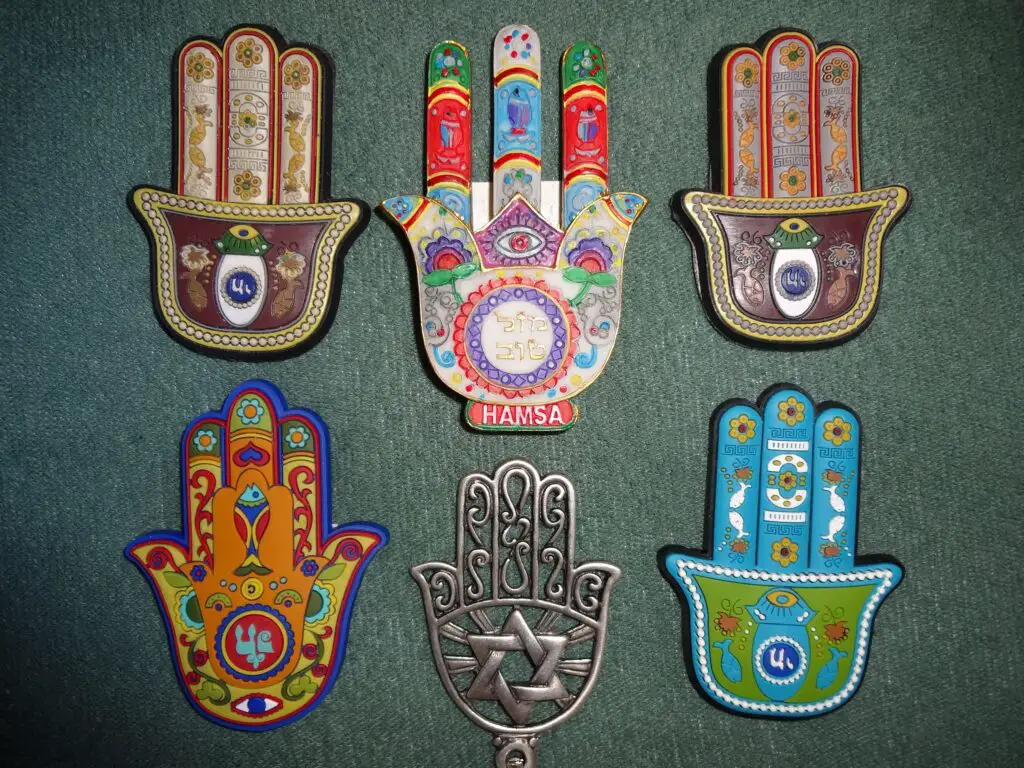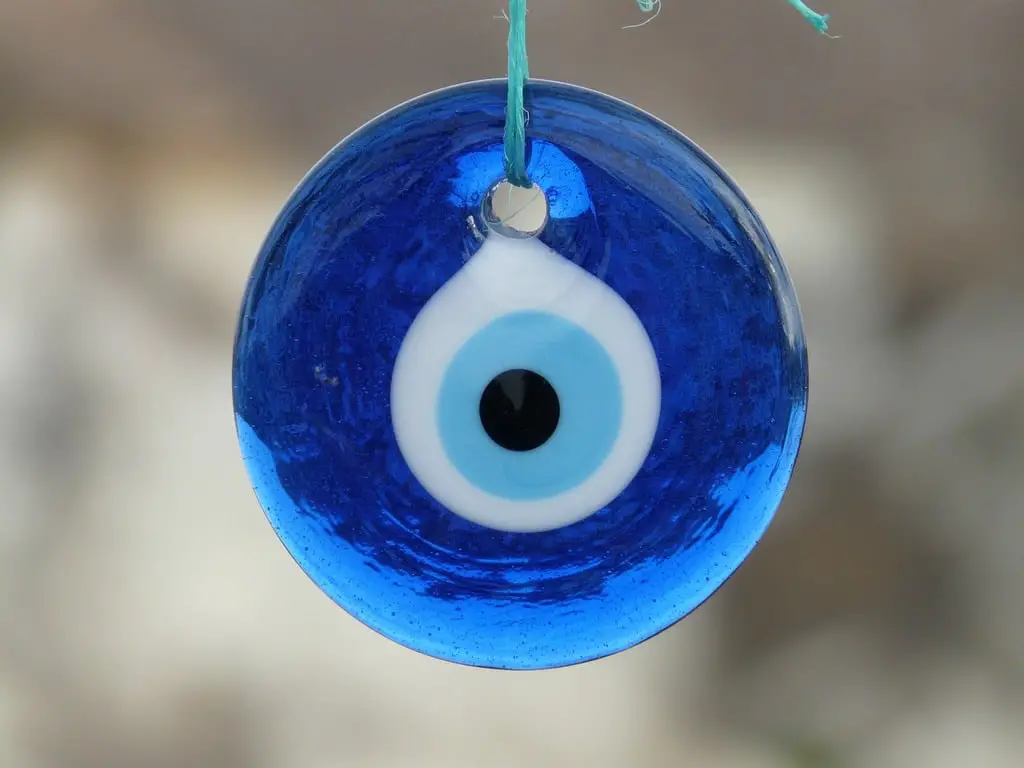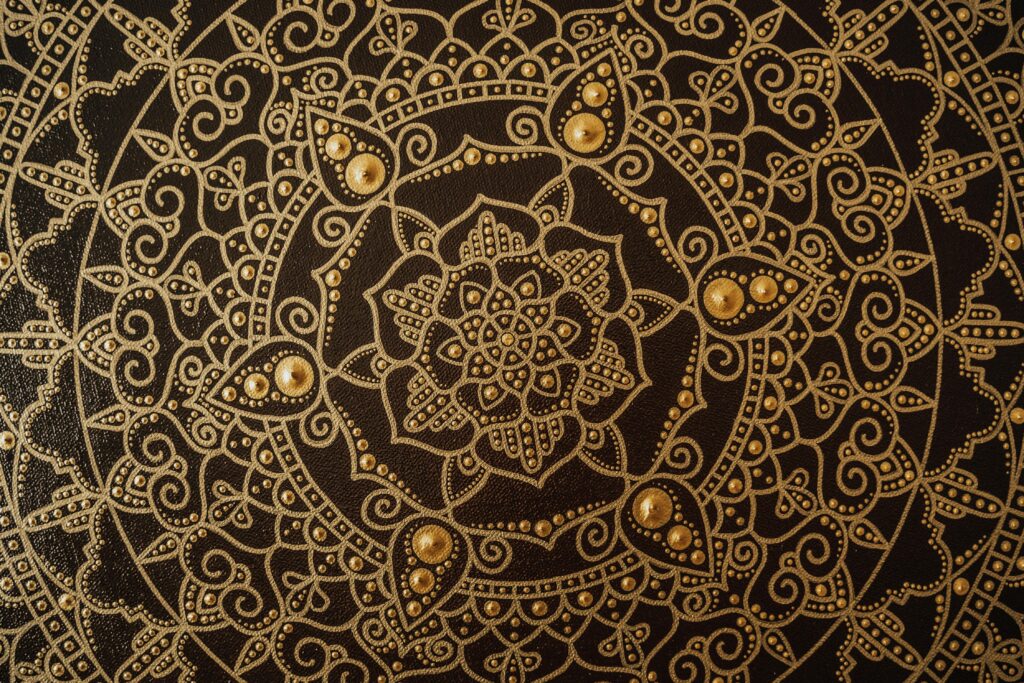Home decor is more than just aesthetics—it often reflects deep cultural significance, heritage, and symbolism. Across the world, certain decorative elements carry historical and spiritual meanings, serving as reminders of tradition, protection, and prosperity. Many of these symbols have been embraced in modern interior design, yet their origins are sometimes overlooked. Understanding their meanings adds depth to a home and fosters a greater appreciation for the cultures they represent. Here are five cultural symbols commonly found in home decor and the powerful meanings behind them.
1. Hamsa – Protection and Good Fortune

The Hamsa, also known as the Hand of Fatima or the Hand of Miriam, is a palm-shaped symbol that has been used across the Middle East and North Africa for centuries. It is believed to offer protection against the evil eye, a malevolent glare thought to bring bad luck. The symbol is often displayed on walls, incorporated into artwork, or crafted into decorative tiles and sculptures.
Many interpretations of the Hamsa exist, but it is universally seen as a sign of blessing and good fortune. When displayed with the fingers pointing downward, it is believed to attract abundance, while an upward-facing Hamsa is meant to ward off negativity. Whether found in Jewish, Islamic, or secular homes, this symbol carries a rich history of spiritual safeguarding.
2. Chinese Dragon – Strength and Prosperity

In Chinese culture, the dragon is a revered symbol of power, wisdom, and prosperity. Unlike in Western mythology, where dragons are often feared, Chinese dragons are seen as benevolent protectors that bring luck and success. Dragon motifs appear in tapestries, vases, and wall art, especially in homes that embrace Feng Shui principles.
Many believe that placing a dragon symbol in the home can attract positive energy and strength. Traditionally, dragons are paired with pearls to symbolize wisdom and enlightenment. Homeowners who incorporate dragon imagery often do so to invite ambition and growth, making it a popular choice for entrepreneurs and those seeking career advancement.
3. Nazar (Evil Eye) – Warding Off Negative Energy

The Nazar, commonly known as the evil eye amulet, is a striking blue-and-white symbol that originates from Mediterranean and Middle Eastern cultures. This talisman is believed to protect against misfortune caused by envious gazes. It is commonly found in Greek, Turkish, and Persian homes, where it is displayed near doorways, windows, or incorporated into decorative pieces.
The circular blue design is meant to reflect back negative energy, preventing harm from reaching the household. Over time, the evil eye motif has become a popular global design trend, appearing in home accents like coasters, wall hangings, and even bedding. While some use it purely for its aesthetic appeal, many still recognize its deep-rooted spiritual significance.
4. Dreamcatcher – Protection and Peaceful Sleep

Originating from Indigenous North American traditions, the dreamcatcher is a handcrafted web-like design often adorned with feathers and beads. Traditionally created by the Ojibwe people, dreamcatchers were meant to filter out negative dreams, allowing only positive ones to pass through. They are commonly hung above beds or in spaces meant for relaxation and reflection.
While modern interpretations have turned dreamcatchers into decorative items, their original purpose remains meaningful. The intricate web is said to trap bad dreams, while the feathers gently guide good dreams to the sleeper. Many Indigenous families continue to craft dreamcatchers as a way of preserving their cultural heritage, and displaying one in the home can be a tribute to these traditions.
5. Mandala – Balance and Spiritual Harmony

The mandala is a geometric pattern that holds deep spiritual significance in Hinduism and Buddhism. It represents the universe, balance, and inner peace. Traditionally, mandalas were used in meditation and religious practices, but they have since become a popular decorative element in home design.
Mandalas can be found in rugs, wall art, and even furniture carvings. Their symmetrical patterns are believed to promote tranquility and mindfulness, making them an ideal choice for meditation spaces or areas meant for relaxation. Many homeowners use mandalas to create a sense of harmony in their living environment, drawing inspiration from the ancient belief that these intricate designs help align the mind and spirit.
